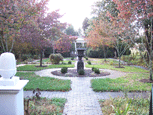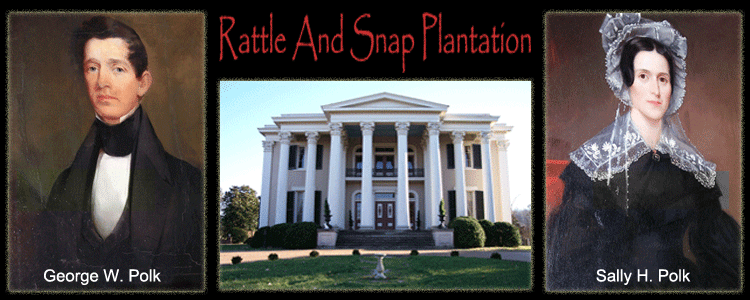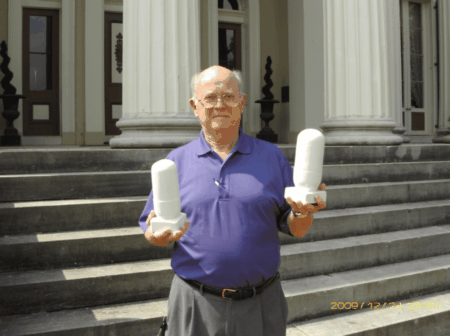History
Rattle and Snap on a hilltop 7 miles west of Columbia, Tennessee on State Hwy. 243 in Maury County, is a fine example of the lavish scale on which many Southern homes were built between 1845-1860.
 It has been referred to as "magnificent," the "most monumental house in Tennessee" and as "one of the best examples of Greek Revival residential architecture in the country." Rattle and Snap was built for George Polk, a son of William Polk, a North Carolinian who was appointed surveyor-general of the Middle District of Tennessee in 1784. Through land speculation, William became one of the largest landholders in Tennessee.
It has been referred to as "magnificent," the "most monumental house in Tennessee" and as "one of the best examples of Greek Revival residential architecture in the country." Rattle and Snap was built for George Polk, a son of William Polk, a North Carolinian who was appointed surveyor-general of the Middle District of Tennessee in 1784. Through land speculation, William became one of the largest landholders in Tennessee.
 The tract on which the house stands amounted originally to 5648 acres. William named the property "Rattle and Snap" after having won the land from the governor of North Carolina in a game of "rattle and snap." This game of chance is said to have been played with beans. Four of Polk's sons built substantial homes on the original tract. George kept the original name for his portion of the land. Where the 4 Polk son's properties joined, the brothers built St. John's Episcopal Church.
The tract on which the house stands amounted originally to 5648 acres. William named the property "Rattle and Snap" after having won the land from the governor of North Carolina in a game of "rattle and snap." This game of chance is said to have been played with beans. Four of Polk's sons built substantial homes on the original tract. George kept the original name for his portion of the land. Where the 4 Polk son's properties joined, the brothers built St. John's Episcopal Church.
The architect for Rattle and Snap is not known however, it is generally attributed to the noted German-American architect Adolphus Heiman. The fine craftsmanship found throughout the house was the work of talented slave artisans."
 The thousands of bricks used in its construction were made on the site and its foundations were hewn from native limestone. The ten portico columns were shipped from Cincinnati by boat to Nashville and then by oxen drawn wagons to the building site. The house is ell-shaped and two and half stories tall. Four porches grace Rattle and Snap. On the north veranda are the 10 twenty six foot tall Corinthian columns, on the east is an intricate iron portico, on the west, an entry with 4 "Temple of the Winds" columns, on the south is a decorative frame 2-story gallery. Inside the house are sophisticated cornices, ceiling medallions and Corinthian columns.
The thousands of bricks used in its construction were made on the site and its foundations were hewn from native limestone. The ten portico columns were shipped from Cincinnati by boat to Nashville and then by oxen drawn wagons to the building site. The house is ell-shaped and two and half stories tall. Four porches grace Rattle and Snap. On the north veranda are the 10 twenty six foot tall Corinthian columns, on the east is an intricate iron portico, on the west, an entry with 4 "Temple of the Winds" columns, on the south is a decorative frame 2-story gallery. Inside the house are sophisticated cornices, ceiling medallions and Corinthian columns.





 The Rattle And Snap Plantation Is Featured In This Fabulous Novel Written By Eric Dezenhall. For More Information Please
The Rattle And Snap Plantation Is Featured In This Fabulous Novel Written By Eric Dezenhall. For More Information Please



